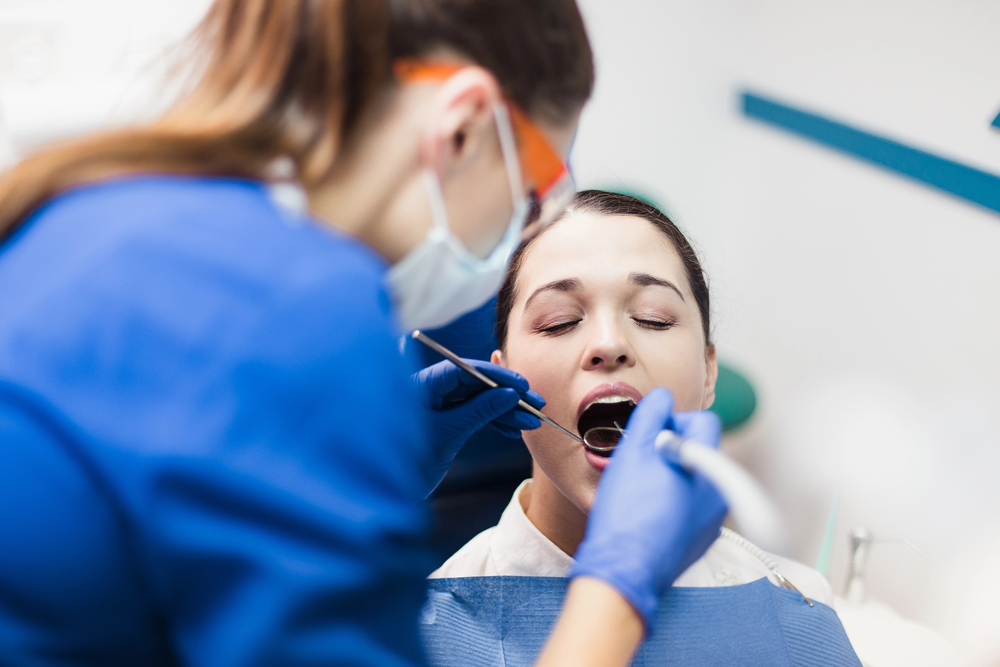If you’re dealing with periodontal disease and considering orthodontic treatment, you might be wondering: Can you get braces with periodontal disease? The answer depends on your overall health and the severity of your condition. Here is a guide to understanding the implications of getting braces with periodontal disease, as well as some information on steps you can take to ensure a healthy and successful orthodontic journey.
What Is Periodontal Disease?
Periodontal disease, also known as gum disease, is an infection of the gums that can damage the soft tissue and bone supporting your teeth. It ranges from mild inflammation (gingivitis) to more severe forms (periodontitis) that can lead to tooth loss. Symptoms include red and swollen gums, bleeding while brushing, receding gums, and bad breath.
Can You Get Braces With Periodontitis?

Yes, you can get braces with periodontal disease, but you must first consult with an orthodontist to ensure proper steps are taken before and during your orthodontic treatment. It’s imperative that you and your orthodontist work to maintain the health of your gums and bone structure. Here are the steps your orthodontist will take to ensure successful orthodontic treatment.
Initial Evaluation
Your orthodontist will perform a thorough examination to assess the severity of your periodontal disease and determine appropriate steps for your orthodontic treatment.
Treatment of Periodontal Disease
Before getting braces, it’s important to treat and manage periodontal disease. This might involve deep cleaning, scaling, root planing, or even surgical procedures.
Ongoing Monitoring
Once you have braces, you must maintain excellent oral hygiene and have regular check-ups with your periodontist and orthodontist. Regular check-ups and excellent oral hygiene will help you avoid worsening your condition and will keep you on track to a successful orthodontic treatment.
Customized Orthodontic Plan
Your orthodontist will create a tailored plan that considers your periodontal health, ensuring that the treatment does not exacerbate the condition.
Braces With Periodontal Disease: What Should I Eat After I Get Braces?
Your orthodontist will provide recommendations and guidance regarding what to eat as you adjust to wearing braces. Especially during the first few weeks, it’s important to stick to foods that are soft and easy to chew. These types of foods will help minimize discomfort and protect your braces. For more information on what to eat and which foods to avoid while wearing braces, check out our blog posts that discuss candies and chips and their impact on braces.
Popular braces-friendly foods include:
- Smoothies: Since smoothies do not require you to chew, they can be a great option when you’re wearing braces.
- Yogurt: Like smoothies, yogurt does not require you to chew. It is therefore easy on your braces, teeth, and gums.
- Mashed Potatoes: This filling food is easy on your braces, teeth, and gums.
- Scrambled Eggs: In addition to offering protein and other nutrients, scrambled eggs are easy to consume if you have braces.
- Soup: As long as it doesn’t contain any chunky ingredients, soup is an excellent choice for patients with braces.
As you progress in your orthodontic treatment, you can speak with your orthodontist about gradually incorporating other types of food into your diet. Patients generally spend the first few weeks eating mostly soft foods and then eventually transition back to a diet that is closer to what they had before braces. However, certain foods should always be avoided if you have braces. These include foods that are very hard and foods that are very sticky.
Managing Periodontal Disease During Orthodontic Treatment

To ensure a successful orthodontic treatment with periodontal disease, follow these guidelines:
- Maintain Excellent Oral Hygiene: Brush at least twice a day, floss regularly, and use an antimicrobial mouthwash.
- Regular Dental Visits: Schedule regular check-ups with your dentist and periodontist to monitor gum health.
- Follow Your Orthodontist’s Instructions: Adhere to all guidelines provided by your orthodontist to protect your braces and gums.
- Healthy Diet: Choose nutritious foods that are gentle on your teeth and gums.
Benefits of Treating Periodontal Disease Before Braces
Addressing periodontal disease before getting braces can offer several benefits:
- Improved Gum Health: Healthy gums provide a solid foundation for orthodontic treatment.
- Reduced Risk of Complications: Managing periodontal disease reduces the risk of further infection or damage during braces treatment.
- Better Treatment Outcomes: Healthy gums and bones lead to more effective and efficient orthodontic results.
Getting Braces with Periodontal Disease
Braces can be an excellent option for anybody who wants to improve their oral health and achieve a dazzling, show-stopping smile. In addition to the health benefits, improving the alignment of your teeth can help boost your confidence and get you to spend more time smiling!
If you have periodontal disease and want to improve your smile, braces are still an option. However, you will need to take extra steps to ensure proper treatment and avoid complications. By working closely with your orthodontist and periodontist, you can achieve the smile you’ve always wanted while maintaining your oral health.
Let Us Help You With Your Braces
At Peterson Family Orthodontics, we are committed to providing top-quality care to all our patients in San Tan Valley. Regardless of your age and whether or not you have insurance, we are here to support you every step of the way on your orthodontic journey.
To ensure the comfort and success of all patients, we use the latest orthodontic technology, offer lifelong maintenance, work efficiently to respect your schedule, and provide affordable and flexible financing options. We treat our patients like family and have created an environment that is relaxing and welcoming to all. If you’re considering braces while managing periodontal disease, Peterson Family Orthodontics is here to help. Our experienced team can guide you through the process, ensuring your treatment is safe and effective. Contact us today to schedule a free consultation and start your journey towards a healthier, more beautiful smile.

